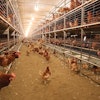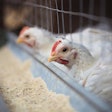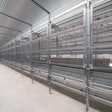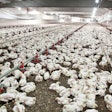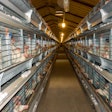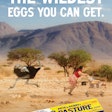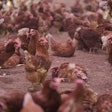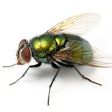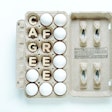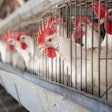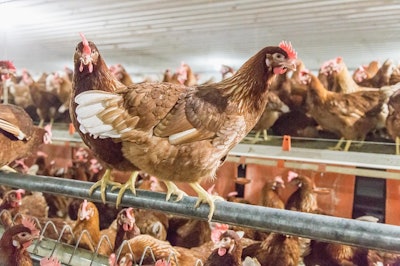
Perch design impacts keel bone health and can have a major impact on layer hen wellbeing, according to research studies.
The transition to cage-free housing has led to the growing incidence of keel bone fractures, which has been attributed to perch design.
However, sensor technologies can help potentially reduce keel fracture risk in layer hens, according to Maja Makagon, PhD, University of California, Davis associate professor. At the 2022 Georgia Precision Poultry Farming Conference, she shared insight on research studies that utilized sensors to evaluate keel risk.
Consumer animal welfare concerns, state mandates and grocer pledges have shifted the U.S. egg industry towards cage-free layer housing. There is a mindset shift set, concerning cage-free housing, from only thinking about the productivity of layers to thinking about their welfare, explained Makagon.
Research using sensor technologies has helped the industry understand unique issues, such as keel fracture risk, presented in cage-free systems.
Makagon referenced research work by Banerjee and colleagues which found that accelerometers can assist in measuring keel bone fractures when placed over the keel bone by recording body posture and movement, allowing the moment a bird experiences a significant impact to the keel bone to be known.
“This information was paired with videos to link the events back to the data. By doing so, researchers were able to confirm that collisions accounted for most impacts occurring within cage-free housing, affecting keel bone risk” stated Makagon.
Further research using sensors has found that when birds are perching, the peak forces on the keel bone were five times higher than the forces on either of the feet, and that perch design impacts the keel bone’s contact force.
Additionally, when designing aviary housing, evaluating perch position, perch steepness, and the distance that birds have to travel between perches could reduce keel fracture risk and prevent collisions. Research utilizing sensors shows that collisions within cage-free housing can be mitigated specifically by perch design and other aspects of system, she explained.
“With the use of sensors, researchers have been able to successfully identify risks and potential mitigation strategies,” said Makagon. “While much of this work is occurring in research settings, it's important to note that the research has a direct application to commercial management practices.”

